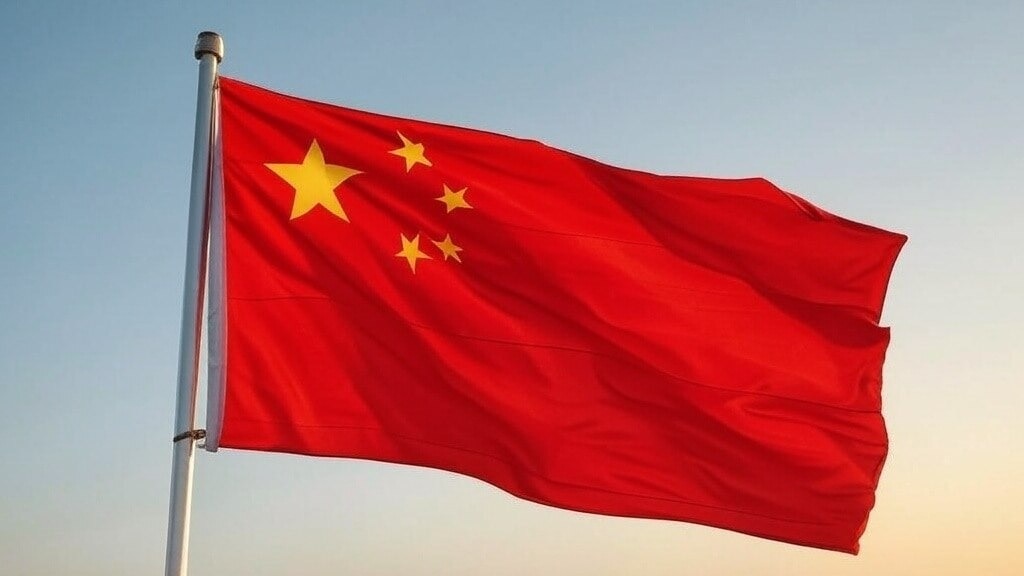A mounting supply chain issue involving rare earth magnets is raising alarm across India’s automobile sector. With new Chinese export rules delaying shipments, manufacturers are warning of significant disruptions to vehicle production if supplies aren’t restored soon.
At the center of the problem is a crucial component: neodymium-iron-boron (NdFeB) magnets. These rare earth magnets are indispensable to both electric and conventional vehicles, used in systems ranging from motors and steering to brakes, wipers, and audio equipment.
Without them, even a small shortage can bring assembly lines to a crawl.
What changed?
The bottleneck began in April, when China — which processes more than 90% of the world’s rare earth magnets — introduced stricter export controls. Under the new rules, exporters must obtain government licenses and detailed end-use certificates from buyers before shipping. While pitched as procedural updates, the result has been a slowdown in clearances. According to The Economic Times, several Indian-bound consignments are stuck at Chinese ports with no movement in sight.
Unlike some European companies, Indian firms have not yet received export approvals, deepening concerns about when production may start to feel the strain. Current inventory levels, industry executives say, could run out by early June.
What’s being done?
In response, a delegation from the Society of Indian Automobile Manufacturers (SIAM) and the Automotive Component Manufacturers Association (ACMA) is reportedly preparing to travel to China. Their objective is to meet with Chinese authorities and seek expedited approvals. India’s commerce and external affairs ministries, the ET report claimed, are actively supporting the outreach through diplomatic channels.
Why these magnets?
India imported 460 tons of rare earth magnets in FY24 — virtually all from China — and planned to import 700 tons this year. Their relatively low value belies their critical function. No viable alternatives exist at scale today, which leaves Indian production lines exposed.
To reduce long-term dependency, India is advancing plans for domestic production. A high-level meeting is reportedly scheduled for June 3, where the Ministry of Heavy Industries will finalize a support framework for magnet manufacturing, including incentives and infrastructure.
